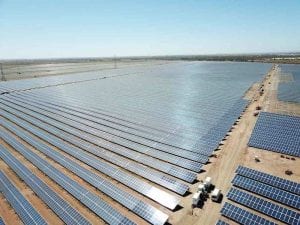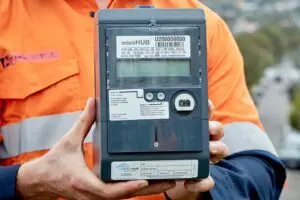Note: This story is now superseded by: “Impossible to operate:” AEMO suspends electricity spot market for first time
The main regulatory bodies have effectively read the riot act to Australia’s fleet of striking gas generators, warning them that their actions are against the rules, and that they may actually make more money if they actually followed the rules and stopped putting the energy system at risk.
The extraordinary intervention follows the massive market failure that has seen more than 7.5GW of gas and diesel capacity withdrawn from the market after the imposition of price caps in all mainland states.
The generators have effectively gone on strike, refusing to switch on their generators unless ordered to do so by the market operator. The assumption is that will be their shortest route to the biggest pot of gold in the circumstances.
But not only has it created grave risks of enforced blackouts, the regulator has pointed out that actions that cause the market operator to issue instructions is against the laws of the market.
And now the rule maker has pointed out that it may be economically dumb too, because there is money to be made by following the rules and being good corporate citizens.
Anna Collyer, the head of the Australian Energy Market Commission, says the price cap has a mechanism that compensates generators for any losses caused as a result of high input costs, such as the price of coal and gas.
She also points out that under the price cap mechanism – unlike the AEMO directions protocol currently being exploited – generators can appeal to recover so called “opportunity” costs, resulting in higher payments. And she promises that such claims will be processed as quickly as those processed under the AEMO directions.
The intervention by the AER and the AEMC underline the continuing farce of the current energy “crisis”, which is not a shortfall of capacity at all, but an outrageous act of gamesmanship by an industry that has lost perspective, if not the plot.
The generator owners – some of them the biggest utilities in the country – are now being treated like wayward children, reminded of the rules of the game, the need for fair play, and in this instance, the fundamental needs of the essential service they are effectively using as a form of blackmail.
It’s quite the most extraordinary situation, and as we have written previously, an act of such bad faith it will ultimately be self-defeating, as the utilities launch a new campaign for yet more subsidies and supportive rules to underpin their dying and decaying fossil fuel investments.
It now seems that the rule makers and regulators, so often seen as captured by the fossil fuel industry, have finally had enough – and the extraordinary sense of arrogance and self entitlement that the fossil fuel industry has built up over the last few decades is finally blowing up in their collective face.
In Western Australia, the government has had enough, and announced the imminent closure of the state’s last coal fired generators, in a $3.8 billion switch to renewables that it says will lead to a more dramatic cut in bills than if the state continued to rely on ageing coal.
That’s the sort of decisive planning that AEMO is pushing for under its Integrated System Plan, and which federal and state ministers in the main grid need to plan for too. One state, NSW, already is.
In the meantime, the AEMC issued this statement as various regulators, rule makers and market operators met with the companies themselves and energy ministers.
“Under the APC compensation arrangements, generators that bid into the market will be protected from losses through the arrangements,” the statement says.
“The approach the AEMC will take factors in the direct costs of generators and opportunity costs. These arrangements are designed to ensure generators continue to bid into the market and provide protection for generators so they will not face losses through this process. This is a process run independently by the AEMC.
“AEMC Chair Anna Collyer said this process, which allows a participant to claim their direct and opportunity cost, differs from the directions process which provides compensation based only on direct costs.
“The AEMC is committed to processing compensation claims for losses during administered pricing periods as fast as possible,” Ms Collyer said.
The rules, outlined in the APC compensation guidelines set out how participants can apply during an administered price period for direct costs and opportunity costs. Claims should be assessed in the timeframes that AEMO uses in its directions process.
The AEMC considers claims should be made at the end of an administrative pricing period, during which the APC applies. If the APC applies for an extended period then we will accept weekly claims from participants. This minimises the administrative burden while providing timely compensation to industry.
The process for opportunity costs is set out in the guidelines and requires consideration of appropriate methodologies for claims. This process will take longer than direct cost processes and will be a critical priority for us.
We would also point to correspondence from the Australian Energy Regulator (AER) which reminds market participants and scheduled generators of their obligations under the NER:
Market participants must not by any act or omission, whether intentionally or recklessly, cause or significantly contribute to the circumstances causing a direction to be issued, without reasonable cause.
It was the AEMC that put the last statement in italics, for greater impact.










